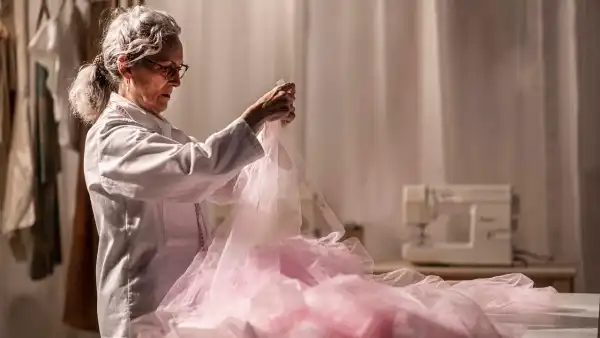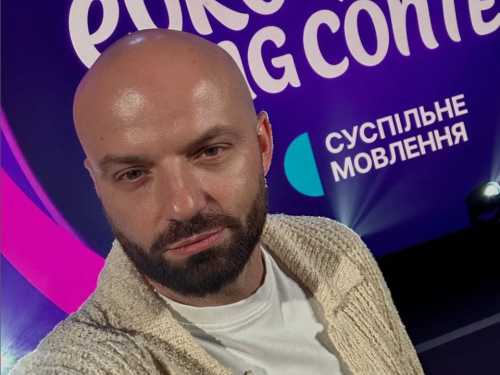
Save this storySave this storySave this storySave this story
Rachel Syme
Staff writer
You’re reading the Goings On newsletter, a guide to what we’re watching, listening to, and doing this week. Sign up to receive it in your in-box.
So far, 2024 has been light on blockbuster films—most studios wait to release their juggernauts until late spring, so as not to distract from Oscars hoopla—but, as of March 1, Big Movies are officially back. On that day, the French Canadian director Denis Villeneuve’s hotly anticipated “Dune” sequel—fittingly called “Dune: Part Two”—hits theatres, along with a dust storm of hype and a controversial promotional popcorn bucket that is meant to evoke the toothy mouth of a deadly sandworm. (Many on social media noted that the shape has more erotic connotations; “S.N.L.” has already released a parody music video about it.) “Dune: Part Two,” which was shot in Budapest, Abu Dhabi, and Italy and reportedly cost more than a hundred and twenty million dollars to make, reunites the stars Timothée Chalamet, Zendaya, Javier Bardem, and Rebecca Ferguson, but also adds some new faces: Austin Butler steps in as Feyd-Rautha Harkonnen, a rival to Chalamet’s Paul Atreides for dominion over the desert planet Arrakis, and Florence Pugh joins the cast as an emperor’s wise daughter, Irulan. Villeneuve is not the first director to tackle Frank Herbert’s 1965 sci-fi classic: the avant-garde Chilean French director Alejandro Jodorowsky tried and failed to make a version in the mid-seventies; David Lynch made a much loved, operatically campy box-office flop, in 1984. Villeneuve’s approach is notable for both its sheer ambition and its staggering visual effects. In 2021, in a review for this magazine, Anthony Lane noted that Villeneuve’s first “Dune” installment feels almost too enormous to exist within the boundaries of a movie screen. “Such power as the new film does possess is grounded in simple immensity,” Lane writes. “One’s eye is at first dazzled, then sated, and eventually tired by this pitiless inflation of scale.”
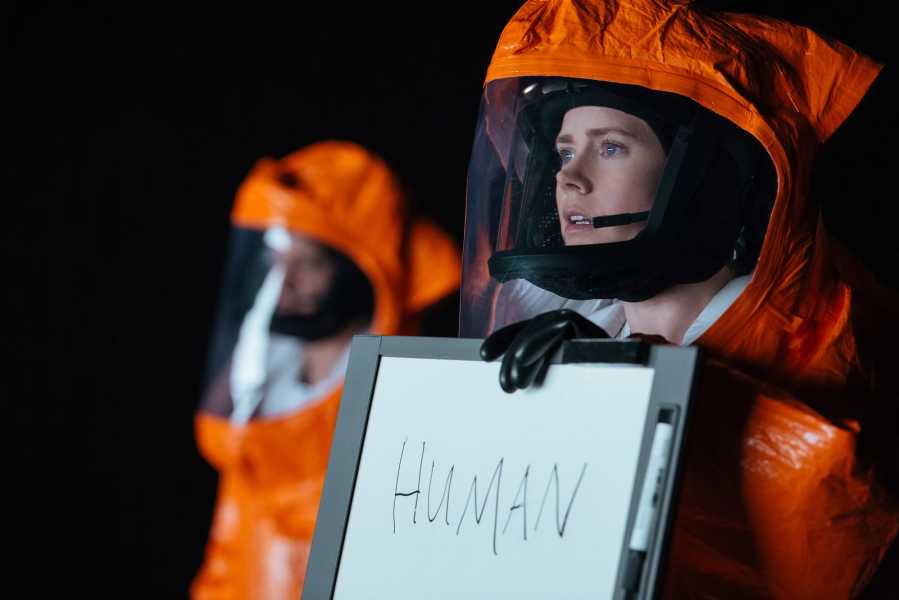
“Arrival”
Photograph by Jan Thijs
Where did Villeneuve get his love of bigness? A new series at Film at Lincoln Center—fittingly called “Denis Villeneuve”—attempts, through both a catalogue of the director’s own work and a repertory selection of movies that have inspired him, to answer this very question. The series, running Feb. 16-28, screens eight of Villenueve’s features, including two earlier Canadian productions: “Polytechnique” (2009), a harrowing black-and-white film about a college-campus shooting, and “Incendies” (2010), the story of two Québécois siblings who travel to the Middle East in search of distant family members and uncover troubling secrets about their mother’s past. In the twenty-tens, Villenueve made the leap to Hollywood, directing Jake Gyllenhaal twice in 2013, first in the crime thriller “Prisoners” and then in the absurdist drama “Enemy,” before moving on to make the drug-cartel saga “Sicario,” in 2015. But it was Villeneuve’s 2016 film, “Arrival,” an adaptation of a Ted Chiang novella about a pair of language experts (played by Amy Adams and Jeremy Renner) recruited to communicate with extraterrestrials who have landed on earth, that really pushed him into mainstream success. The film was nominated for nine Academy Awards, including Best Picture. (It won one, for Best Sound Editing.) “Arrival” (playing on Feb. 23 at 6 P.M.) is a film that glorifies the big-screen treatment; the sound design alone is worth experiencing in the theatre.
Villenueve’s later works, including “Blade Runner 2049” and the first “Dune,” are also playing, but what makes the series a standout is the director’s choice of other films, which shed light on his expansive cinematic proclivities. From Claire Denis’s “Beau Travail” to Alain Resnais’s “Hiroshima Mon Amour,” Ingmar Bergman’s “Persona” to John Cassavetes’s “A Woman Under the Influence,” Villenueve has brought together a jewel-box collection of films that are emotionally walloping even when they make the smallest gestures; he clearly wants you to draw a line from Gena Rowlands’s volcanic performance in Cassavetes’s film to the stormy explosions on the planet Arrakis, even if the connections between them are hazy and not entirely intuitive. It’s fun to spend some time rambling around Villenueve’s Letterboxd favorites list; I suggest seeing as many of his picks as you can before “Dune: Part Two” hits theatres and all anyone can talk about is a gigantic carnivorous worm.
Spotlight

Art work by Beatrix Potter / Courtesy Morgan Library & MuseumArt
People tend to use the word “love” when they talk about the Morgan Library, which celebrates its centennial this year. Its big spring show honors another beloved institution, the British author Beatrix Potter. Those who know her only for children’s books may be surprised by the breadth of her career as an amateur mycologist, or by the beauty of botanical illustrations such as “Leaves and Flowers of the Orchid Cactus” (pictured), completed in 1886, the year she turned twenty. But her true legacy may well be in merchandising: in 1903, Peter Rabbit became the first licensed character in history, earning his creator more money than she could spend and anticipating a veritable warren’s worth of I.P. cash-ins soon to come.—Jackson Arn (Morgan Library & Museum; Feb. 23-June 9.)

About Town
Dance
In the Goldberg Variations, Bach spins a quiet, vaguely melancholy melody into thirty variations. Each one introduces a mood, a novel interplay of colors, a new shading. In a dance of the same name by the Belgian choreographer and dancer Anne Teresa De Keersmaeker—the author of works that seem to plumb the very vibrations of sound—Bach’s endless inventiveness translates into a conversation between one dancer’s body in space and the Siberian-born pianist Pavel Kolesnikov’s fingers at the piano. Both start out barefoot and simply dressed (though De Keersmaeker adds some pizzazz at the end); together, they give shape to Bach’s playful flow of ideas, molded by the spare choreographic language—a mix of pivots and bends and swishing of the limbs—and Kolesnikov’s quietly lucid reading of the score.—Marina Harss (N.Y.U. Skirball; Feb. 22-24.)
Experimental Music
The interdisciplinary artist Rena Anakwe explores the curative properties of sound design. The first music that she released under the name A Space for Sound collected sound-bath performances from sessions held on Instagram Live, full of the deeply meditative and mellow drones of a tank drum. Her second album, “Sometimes underwater (feels like home),” from 2021, used ambient instruments—the tank drum, along with singing bowls, a multitrack tape machine, an effects pedal, and a synth, plus vocals—to bring a rushing sensation to her euphonic compositions. Anakwe’s live shows pursue a broader sensory balance by mixing music with found-footage visuals and the scents of essential oils. Included on her bill at the fourth edition of the Dweller festival is the experimental R. & B. artist KeiyaA, whose songs also pursue a spiritual cleansing.—Sheldon Pearce (Public Records; Feb. 23.)
Classical Music
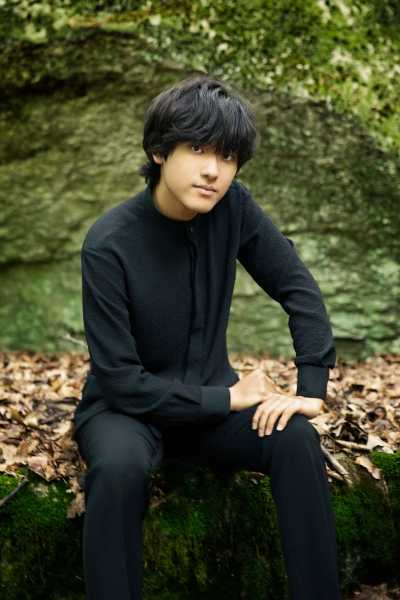
Photograph by Lisa-Marie Mazzucco
In 2022, Yunchan Lim became the youngest-ever winner of the Van Cliburn International Piano Competition, and he comes to New York City for a second lap in his victory tour when he makes his Carnegie Hall début. Last season, a spot opened unexpectedly on the New York Philharmonic’s calendar, and the ensemble snapped up the preternaturally gifted musician for an electric, smoothly confident rendition of Rachmaninoff’s Third Piano Concerto, which didn’t shortchange the work’s stormy passions. Now the nineteen-year-old Lim appears in his first solo recital in New York, playing Chopin’s études, keyboard studies of elegance and dazzle which the composer started writing, precociously enough, when he was Lim’s age.—Oussama Zahr (Carnegie Hall; Feb. 21.)
Art
A pleasant form of meditation would be to glide through Mary Weatherford’s latest exhibition, “Sea and Space,” and try to count all the greens. In new abstract paintings—some Flashe on linen, some ink on paper, none unimpressive—you will find every shade and saturation of the color, from pond scum to Statue of Liberty, spread across the picture plane in gooey waves. The one thing you will not find is neon lighting, probably the most talked-about component of her earlier paintings, though not my favorite. This time around, an air of psychedelic mysticism presides over everything, inspired, Weatherford has suggested, by NASA photography and trips to the Hayden Planetarium. It’s a trade-up.—Jackson Arn (Gagosian; through March 2.)
Off Broadway

Cole Escola (left) and Bianca Leigh.
Photograph by Emilio Madrid
In the breakneck camp farce “Oh, Mary!,” Cole Escola—the comedian, Internet filmmaker, playwright, and evil-sprite actor—plays the First Lady Mary Todd Lincoln, or, rather, her bitter, alcoholic, narcissist burlesque, complete with big black dress and dangling Civil War-era ringlets. Barging through White House doors and stomping across national sanctities, this catty-scary version of Mary rages at her killjoy husband, Abe (Conrad Ricamora), because he refuses to let her pursue her true love: cabaret. And . . . I can tell you no more. Escola’s jokes, as explosive as musket blasts, depend on surprise, and I wouldn’t dare get between Mary—one part Carol Burnett, two parts Charles Busch—and a punch line. Sam Pinkleton directs with a steady hand, but the audience hangs on for dear life.—Helen Shaw (Lucille Lortel Theatre; through March 24.)
Movies
Before launching her directorial career, Greta Gerwig was a daringly inventive actress, and she gives one of her most furious performances in Mary Bronstein’s ultra-low-budget, ultra-raw 2008 drama, “Yeast,” now streaming on the Criterion Channel. Gerwig plays an art-world beginner named Gen, who goes on a camping trip with a longtime frenemy, a teacher named Rachel (Bronstein), whose roommate, Alice (Amy Judd), abruptly cancels on them. Gen unleashes anarchy on the open road (the streaming service subtitles her first lines of dialogue as “Ahhh! Wahh!”) and chaos in a food court, and she starts physical fights with both of the women and with two guys (Josh and Benny Safdie) whom she meets in the wild. Alice, too, is possessed by an antagonistic demon; Bronstein revels in and shudders at the reckless impulsivity that she finds at the core of creative passion.—Richard Brody

Pick Three
The staff writer Jiayang Fan shares current obsessions.
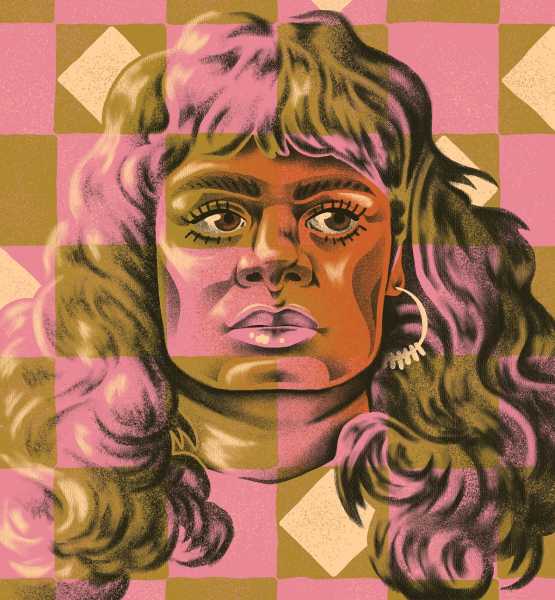
Illustration by Ricardo Diseño
1. How often have I fantasized about disappearing into another story in order to escape my own paralysis on the page? Maybe that is why I find the generosity and grace of the HBO series “Sort Of” so welcome and absorbing. Centered on Sabi, a job-juggling, gender-fluid millennial of Pakistani heritage, the show is a cousin of personal dramedies like “Girls” or “Fleabag,” but it’s less obsessed with sticking the perfect landing. The mania to solve the complexities of life, or to untangle braided identities, is likely misplaced, the wise Sabi would probably counsel me. Rethink your story.
2. Given my abundance of nervous energy, I would likely rope Sabi into listening to the addictive, nerdy, under-the-radar podcast “The Psychosphere.” The Social Broadcasts show, hosted by the historian and science writer Melanie Challenger, is a cerebral palate cleanser that invites biologists, philosophers, and neuroscientists to discuss everything from the nature of consciousness and the origin of intelligent life to the personhood of octopuses and elephants.
3. The Whitney’s “Harold Cohen: AARON” traces the evolution of an artificial-intelligence program for art-making (AARON), begun in 1968, by the British artist Harold Cohen. At its heart, the project is an attempt to get to the core of the creative process by coding the cognitive process into software. How sophisticated does a program’s neural network have to be to produce an image that is indistinguishable from what a human can create? At the Whitney, I wished that I could occasionally substitute my procrastinating brain for AARON’s relentlessly industrious one.
P.S. Good stuff on the Internet:
- “The Desire Question: Is it better to desire, or be desired?”
- “24 Hours of Highly Subjective Wisdom”
- A deep dive into mustard
Sourse: newyorker.com

